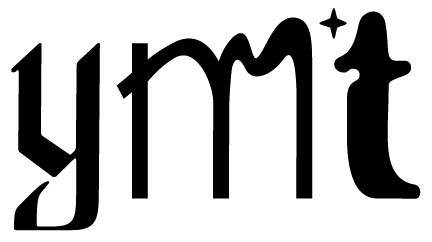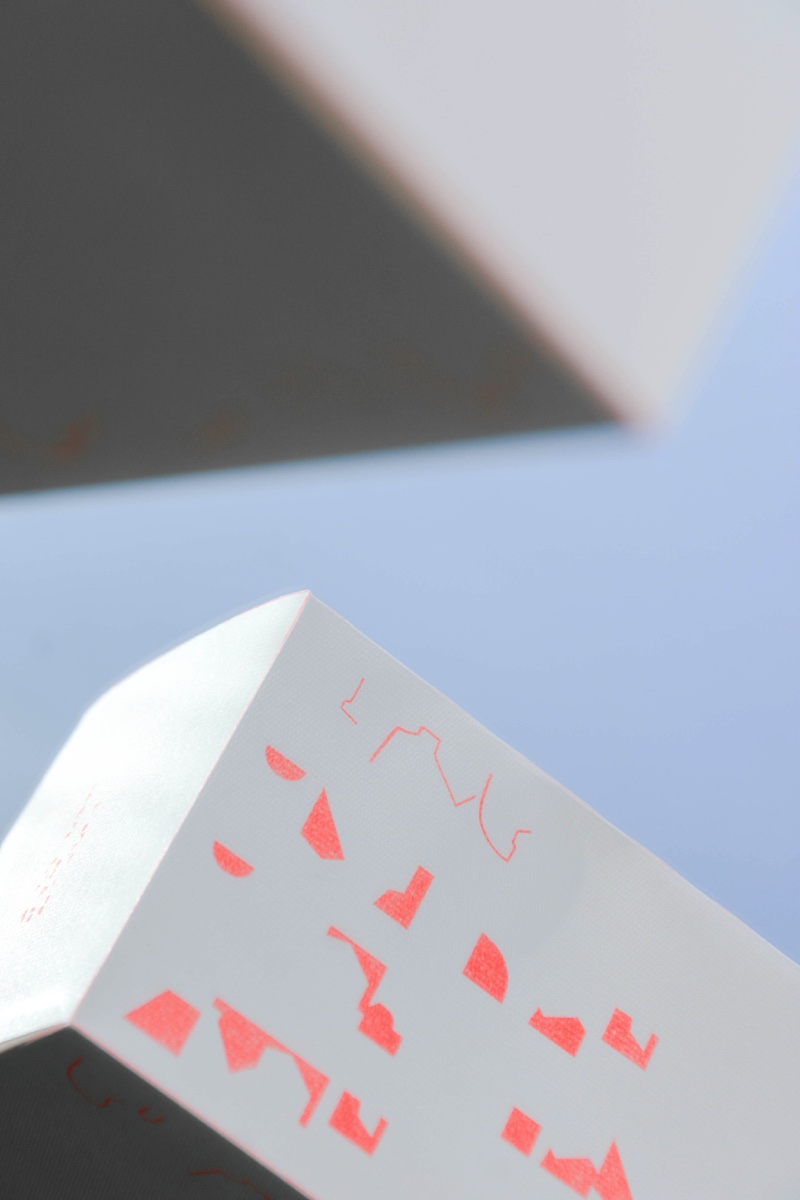How to give nature a voice?
We have distanced ourselves from the natural world around us. Through my master thesis Dear Human, I wanted to create an awareness about relations and proximity to nature. Instead of asking what the needs are for humans, I wanted to ask the opposite: What can we humans do for nature? I wanted to feel empathy with something that is different from us humans, but that we humans are also connected to and a part of. The project revealed critical questions by trying to communicate through design. In a world where humans destroy nature and contribute to an enormous loss of biodiversity, I wanted to give nature a voice of its own.
Pattern as language
Could the language of plants be a variable font? The language of plants is not necessary something that needs to be translatable or understandable. A typeface that we don’t understand amplifies that we humans have placed ourselves on the outside of nature. An alienation of nature leads to a need to give nature a voice. Through visual communication asemic writing could give hints and attention to something that we don’t understand. The potential of giving plants a voice hopefully creates an awareness and curiosity for the audience. The experience of a fictive world that we don’t understands — a universe of patterns. In addition, it brings something new to what is already known to us. Hopefully that can make an interest on behalf of nature and make a difference for nature.
Asemic writing can be used as an open form of writing without a meaning and without being able to be translated. Typography is patterns, and those patterns shapes language. Thus, creating a form of communication with patterns. We find patterns everywhere in the natural world. Patterns as fractals, meander, frequencies, symmetry, and spirals. Would the language of plants be patterns? By making visible the wavelengths of the biosphere we can make visible what is unseen and hidden.
“Would the language of plants be patterns?”
What is asemic writing?
Asemic writing is a way of rethinking the nature of writing. Also, it is a way of deconstructing language, and giving something else a voice of its own. The abstract language-looking writing is refusing to communicate. Refusing to be understood. It is a method for using patterns as writing. It is a semantic form of writing without words. In addition, it has no specific semantic content or meaning. This makes it up to the reader to translate and explore an asemic text. The reader becomes the co-author, and that makes the patterns open to interpretation. Burst writes about Asemic writing in his article Asemic Writing and Radical Deconstruction: The Philosophy of non sens:
“One of the keys to asemic writing is its openness. This openness derives from the indeterminacy of translation and meaning; death of the author; and difference. But asemic writing does not defer meaning, nor does it rely on the relations by symbols, instead it blatantly abandons the idea of meaning all together. An asemic text defies deconstruction or even interpretation as it is made to defy the whole philosophical process of determinism and meaning — in other words, it is the result of a radical deconstruction of language that gives-up on the metaphysics of meaning. The shadow words, common to asemic writing, are the inevitable outcome of twentieth-century philosophers’ analysis of meaning. It is an aesthetic object and a jest to language itself.” (Burst, 2019)
Asemic writing is about evoking a reaction. By making the audience frustrated or provoked it can make it visible that there is a voice we don’t understand, and that we must change perspective in order to try to understand. In that way asemic writing makes it impossible to decode the patterns and makes it impossible to give those patterns meaning. These frustrations that occur are fundamental in asemic writing. This is also described in the book Asemic: the art of writing:
“Eco-asemic art, then, is not using language, that valuable tool of the colonizing impulse, to translate the natural world into human terms. Rather, it reminds us that natural objects may have a voice of their own. It reminds us of this in terms we can understand, those of communicative writing—except that this writing refuses to communicate, refuses to be translated into our understanding of nature.” (Schwanger, 2019, p.96)
The variable font Fragment has two outer points. In between these two different extremes it appears almost an infinite of variations. Therefore, it also appears unexpected versions of the patterns. These variations give hints to fragments that creates a bigger whole. On a distance the asemic font looks like a language. But when you come up close you discover that it is not possible to read. The patterns look like a language, but we humans cannot understand what it says.
How can design explore and make visible possible relations between humans and nonhumans? The world is a very loud world. We could have some use of more silence and use wandering and listening as a more active approach. Sometimes maybe we should try to listen and observe more. Maybe we forget our close relations to nature’.
References
- Burst, T. (2019) Asemic Writing and Radical Deconstruction: the Philosophy of non sens. Tilgjengelig fra: https://tsrub88j.medium.com/asemic-writing-radical-deconstruction-the-philosophy-of-non-sens-64b8755989be (Retrieved: 15th of Desember 2020)
- Schwenger, P. (2019) Asemic: The Art of Writing. University of Minnesota Press, Minneapolis, ISBN 978-1-5179-0697-9



